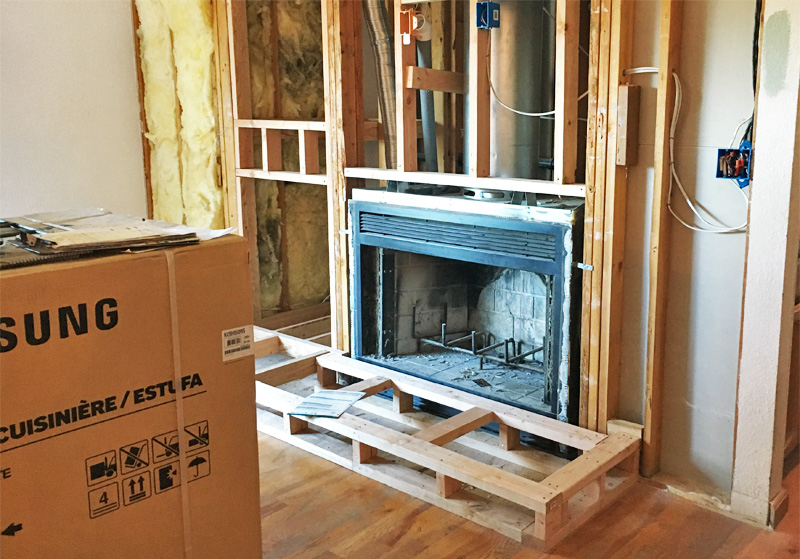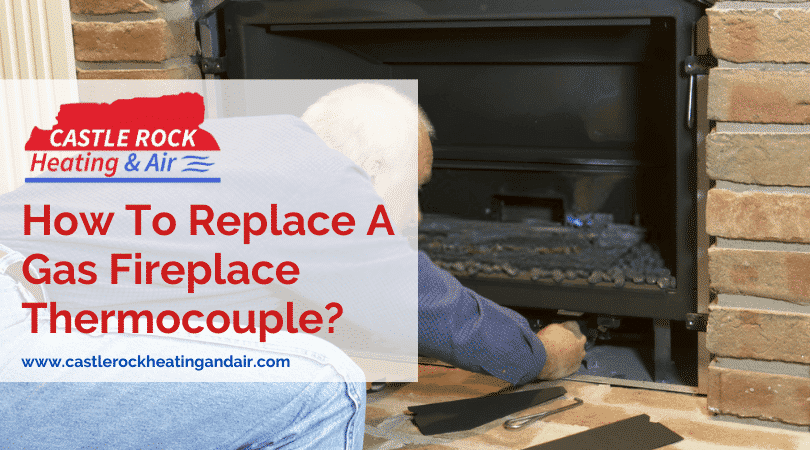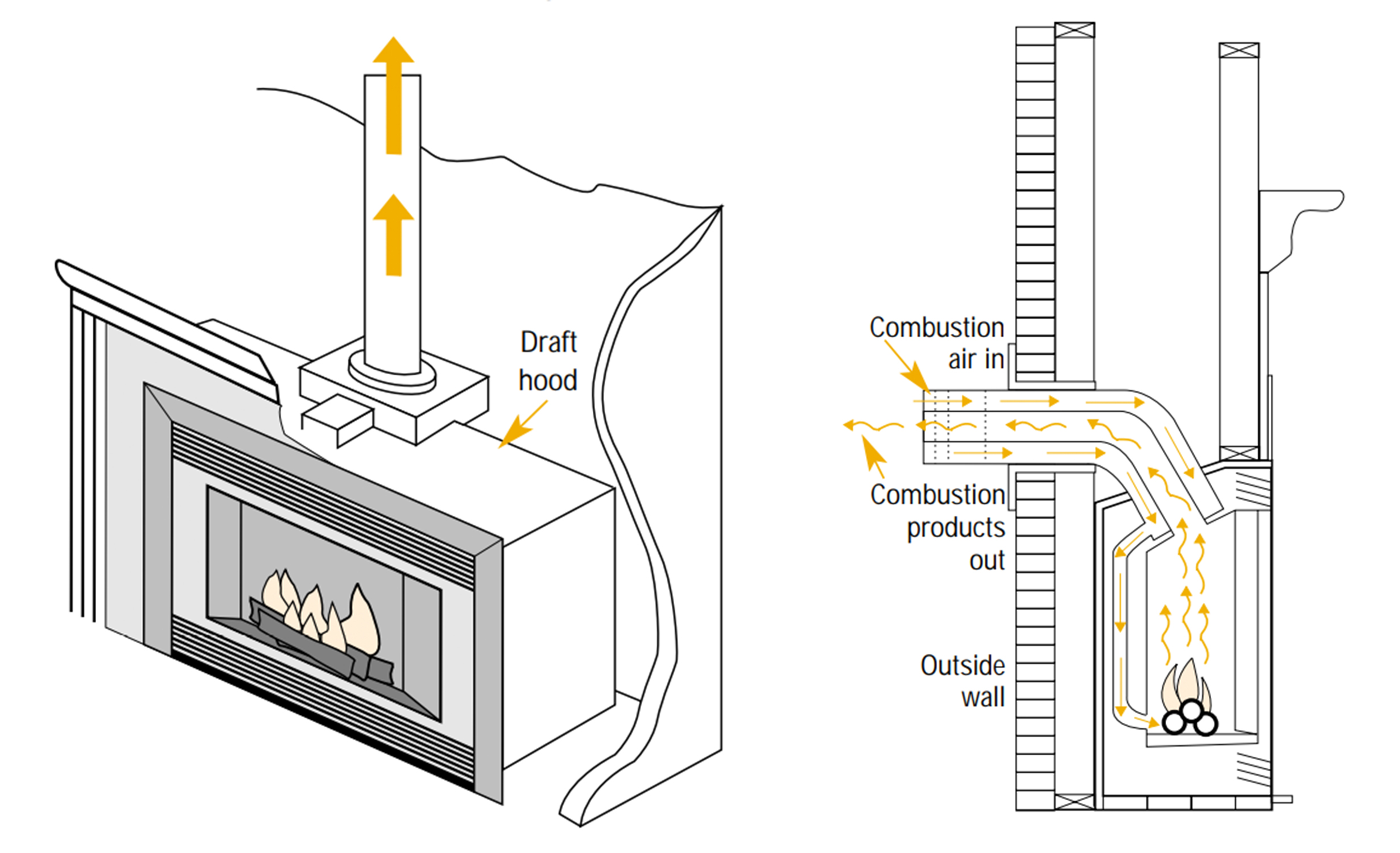How To Replace A Gas Fireplace

Is your gas fireplace failing to ignite or sputtering out after a few minutes? Are you experiencing inconsistent heat, or perhaps a strange odor when it's running? These are common frustrations for homeowners relying on a gas fireplace for supplemental or even primary heating. Before you resign yourself to a chilly evening, let's explore a systematic approach to troubleshooting and potentially resolving these issues yourself. Remember, safety is paramount, so we'll clearly identify when professional help is absolutely necessary.
Diagnosing the Problem: A Step-by-Step Approach
The key to fixing any issue is first understanding what is broken. Start with these diagnostic steps:
Step 1: The Initial Observation (No Tools Required)
Before you even think about picking up a screwdriver, take a good look and listen. Observe the following:
- Flame Appearance: Is the flame blue, yellow, or orange? A healthy flame is primarily blue with a touch of yellow at the tips. A predominantly yellow or orange flame indicates incomplete combustion, potentially due to a lack of oxygen or dirty burner.
- Flame Height: Is the flame consistently high, or does it flicker and fluctuate?
- Ignition: Does the pilot light ignite easily, or does it take several attempts? Does the main burner ignite smoothly after the pilot is lit, or does it sputter or make a popping sound?
- Smell: Do you smell gas, even a faint odor, when the fireplace is off or running? If you smell gas, immediately shut off the gas supply to the fireplace and call your gas company or a qualified HVAC technician. Gas leaks are extremely dangerous!
- Visible Debris: Look for any obvious obstructions around the burner, pilot light, or vent. Dust, cobwebs, or even small objects can interfere with proper operation.
- Recent Events: Has anything changed recently? Power outage? Recent cleaning? Work done on the gas line? Any of these could be related to the problem.
Step 2: Checking the Basics (No Tools Required)
Let's rule out some simple fixes:
- Gas Supply: Is the gas supply turned on to the fireplace? Check the shut-off valve, usually located near the fireplace. Make sure it's fully open.
- Pilot Light: Is the pilot light lit? If not, follow the manufacturer's instructions to relight it. These instructions are usually printed on a label near the pilot light assembly.
- Thermostat/Remote Control: If your fireplace has a thermostat or remote, ensure it's set to a temperature higher than the current room temperature and that the batteries are fresh. Try a different remote, if possible.
- Ventilation: Make sure the fireplace's vent is clear of obstructions. A blocked vent can cause poor combustion and dangerous carbon monoxide buildup.
Step 3: Deeper Dive (Basic Tools Required)
If the basic checks haven't revealed the problem, you might need some basic tools. Always turn off the gas supply to the fireplace before attempting any of these steps!
- Cleaning the Pilot Light Assembly: A dirty pilot light assembly is a common cause of ignition problems. Use a small wire brush or a needle to gently clean the pilot light orifice. Be careful not to enlarge the orifice. A can of compressed air can also help remove debris.
- Cleaning the Burner: Use a vacuum cleaner with a brush attachment to remove dust and debris from the burner. Pay close attention to the burner ports (the small holes where the gas comes out). A clogged port can cause uneven or weak flames.
- Thermocouple/Thermopile Inspection: The thermocouple (or thermopile in some models) is a safety device that senses the pilot light flame and keeps the gas valve open. If it's dirty or damaged, it can prevent the main burner from igniting. Visually inspect the thermocouple for any signs of damage, corrosion, or soot buildup. If it looks dirty, gently clean it with fine steel wool. If it's visibly damaged, it will need to be replaced (see "When to Call a Professional" below).
DIY Actions You Can Take (With Caution)
Based on your diagnosis, here are some DIY actions you can try:
- Relighting the Pilot Light: Follow the manufacturer's instructions carefully. If the pilot light repeatedly goes out, there's likely a problem with the gas supply, thermocouple, or pilot light assembly, and you should consult a professional.
- Cleaning the Burner and Pilot Light Assembly: As described above, cleaning can often resolve ignition and flame problems.
- Replacing the Batteries: If your fireplace uses batteries for the igniter or remote control, replace them with fresh batteries.
- Checking the Gas Line Connection: Ensure the gas line connection to the fireplace is secure. Use a wrench to gently tighten the fitting, but be careful not to overtighten. After tightening, use a soap and water solution to check for leaks. Brush the solution onto the fitting and look for bubbles. If you see bubbles, there's a gas leak, and you should immediately shut off the gas supply and call a professional.
When to Call a Professional HVAC Service
While some gas fireplace problems can be resolved with simple DIY fixes, certain situations require the expertise of a qualified HVAC technician. Never attempt to repair anything you're not comfortable with or that involves working directly with the gas valve or electrical components. Here are some signs that it's time to call in the pros:
- Gas Leaks: As mentioned before, any suspicion of a gas leak is an emergency. Evacuate the area, shut off the gas supply, and call your gas company or an HVAC technician immediately.
- Faulty Gas Valve: The gas valve controls the flow of gas to the fireplace. If you suspect the gas valve is malfunctioning (e.g., it's not opening or closing properly), do not attempt to repair it yourself. This is a complex and potentially dangerous repair that should only be performed by a qualified technician.
- Damaged Thermocouple/Thermopile: While you can clean a dirty thermocouple, replacing a damaged one requires specialized tools and knowledge. A professional can properly diagnose the problem and ensure the new thermocouple is installed correctly.
- Carbon Monoxide Concerns: If you suspect your fireplace is producing excessive carbon monoxide (e.g., you experience headaches, dizziness, or nausea when the fireplace is running), immediately turn off the fireplace and ventilate the area. A professional can test for carbon monoxide and identify the cause of the problem.
- Complex Electrical Problems: If your fireplace has electrical components (e.g., a blower fan, electronic ignition system), and you suspect there's an electrical problem, do not attempt to repair it yourself. Electrical work should only be performed by a qualified electrician.
- Persistent Problems: If you've tried the DIY troubleshooting steps above and your fireplace is still not working properly, it's time to call a professional. There may be a more complex underlying issue that requires specialized diagnostic equipment and expertise.
- You're Not Comfortable: If at any point during the troubleshooting process you feel uncomfortable or unsure about what you're doing, stop and call a professional. Your safety is the most important thing.
Safety First!
Working with gas appliances can be dangerous. Always follow these safety precautions:
- Turn off the gas supply before performing any maintenance or repairs.
- Never smoke or use open flames near a gas appliance.
- Use a gas leak detector to check for leaks after performing any repairs.
- If you smell gas, immediately evacuate the area, shut off the gas supply, and call your gas company or an HVAC technician.
- Install and maintain carbon monoxide detectors in your home.
Preventative Maintenance
Regular maintenance can help prevent gas fireplace problems and extend its lifespan. Consider these preventative measures:
- Annual Inspection: Have your gas fireplace inspected and serviced by a qualified HVAC technician annually.
- Regular Cleaning: Clean the burner and pilot light assembly regularly to remove dust and debris.
- Vent Inspection: Inspect the vent regularly to ensure it's clear of obstructions.
- Professional Cleaning: Consider professional cleaning every few years, especially if you use your fireplace frequently.
By following these troubleshooting steps and safety precautions, you can often resolve minor gas fireplace problems yourself. However, remember that safety is paramount. When in doubt, always call a professional HVAC technician. A well-maintained gas fireplace will provide warmth and comfort for years to come!










